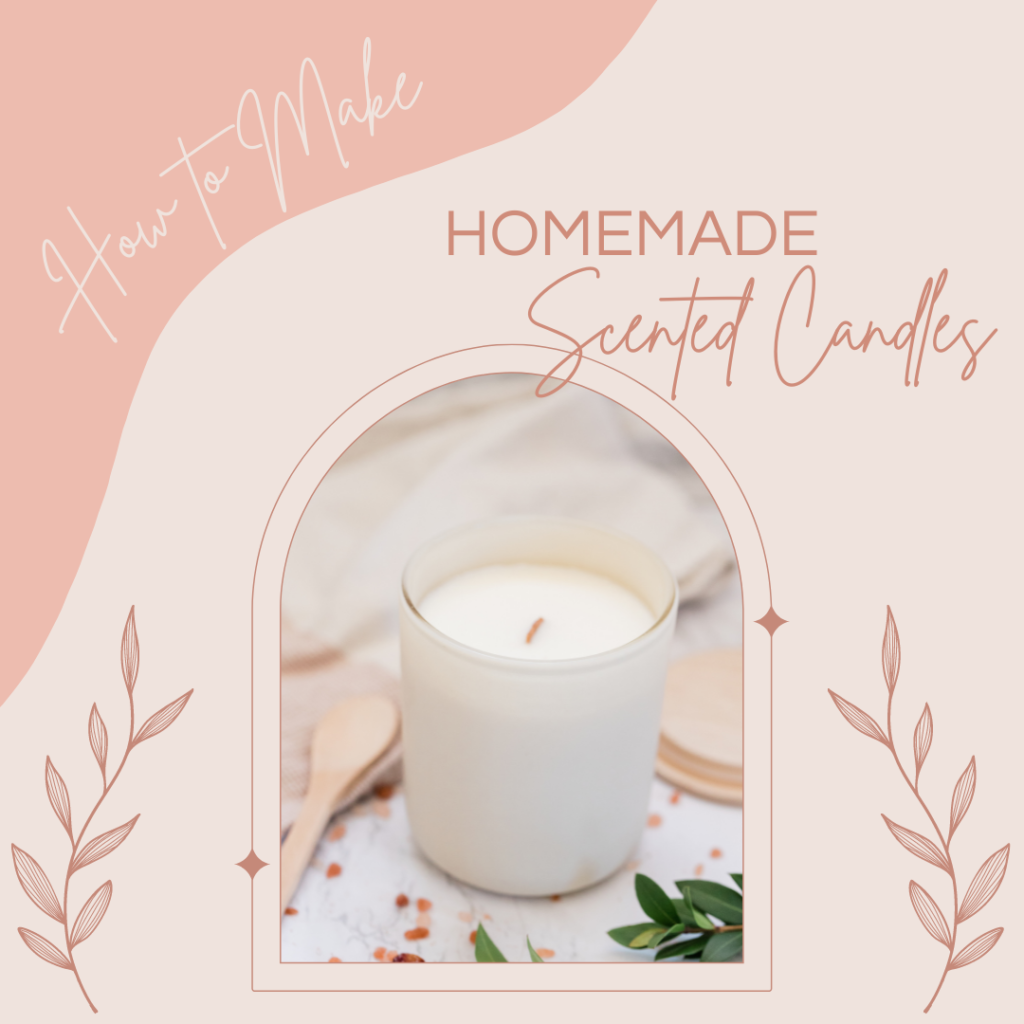How To Put Out A Candle Without Using A Candle Snuffer?
Candle snuffers are a must-have for setting a candle. They’re used to extinguish the flame and prevent the wax from dripping all over your floor or furniture. However, if you don’t have one of these handy tools at home, you can still put out your candles without one!

Antique Candle Snuffer Scissors
Antique Snuffer scissors have a decorative handle that is often made of brass or silver.
The snuffer itself conssilver of two separate parts. The upper part is used to hold the candle and the lower part is used to snuff out candles. The purpose of using this tool is to help you extinguish a candle as quickly as possible, which is why it has a short blade and a small, blunt tip. If you are not familiar with candle snuffing, this tool can be very useful for anyone who wants to use it correctly.
Use your fingers to pinch the flame.
To pinch the flame, use your fingers to do so. Put your hand over the candle and use your thumb and index finger to pinch the flame. Do not use other parts of your body—for example, do not touch yourself while you’re holding a lit candle or any other heated object in general! Y
ou can also try using some type of tool like a wooden skewer or tools spoon (or even just plain old tableware). But be careful; these methods may cause injury if used incorrectly!
Cover the flame with a small glass or jar.
Now that you’ve lit the candle, it’s time to extinguish it. To do this, cover the flame with a small glass or jar. You can use any type of container—a pyrex measuring cup is an ideal choice because it has a wide mouth that will allow you to fit more than one candle in at once.
But beware: make sure that the jar isn’t too small! If you’re only getting one candle out of your jar and setting aside any leftover wax for reuse on another occasion (or just dousing yourself with hot water), then this might not be an issue; but if there are multiple candles are burning the space could lead to disaster!
If possible (and depending on how large your flames are), try using something like an old jam jar instead of purchasing an expensive glass bottle specifically designed as snuffers; they’re usually cheaper than buying them separately from stores like Walmart or Target
Blow into the flame until it goes out.
While you’re blowing, make sure to blow gently. If you blow too hard, the flame could go out before you’re ready. Blow through the glass jar and not directly at it—you don’t want to break any parts! When blowing with saucers or plates, be careful not to get any wax on them (or in them).

How To Know When to Put Out a Candle
When the wax gets low.
When the wax gets low, it can be difficult to extinguish the flame. This is because a candle’s wick is made of fabric and paper, which will burn easily but can’t easily be snuffed out. To avoid this problem, use a candle snuffer or a lint-free cloth with water on it to dampen down any flames that may have started up again before they spread too far.
If you’re using an electric heater (not recommended), be sure that there aren’t any loose wires nearby; otherwise, they could cause short circuits and cause an electrical fire!
When the flame is too high.
If the flame of your candle is too high, it can be difficult to light. Your first attempt may result in a small fire that you can easily put out before it causes any damage. However, if the flame gets too large or burns too long, you risk causing serious injury to yourself or someone else in your home.
When your candle won’t stay lit.
If your candle won’t stay lit, it could be a sign that the wick is too low or too high. It could also indicate that the candle is too small for the container. If you can’t get your candle to stay lit, you should put it out immediately and try again next time.
When your candle starts to smoke.
If you notice that your candle is smoking, it’s a sign that the wax is burning too hot. Typically, candles should not burn for longer than two hours at a time. If you notice smoke coming out of your candle when it’s lit and then stops immediately after being blown out, this indicates that the wick needs to be trimmed more often than usual—usually every 3-4 hours or so.
The wick should be trimmed to 1/4 inch in length (or less). This ensures that there are no gaps between where the flame meets with oxygen-rich air from above; otherwise, heat from below could cause an explosion!
Always give your candles the attention they deserve and follow these guidelines to always ensure you’re using them safely.
Do not leave unattended burning candles unattended even for a short period—they can explode if knocked over by children playing around them! If there’s no one around to help you extinguish (or relight) your flame after use, turn off all lights in the room where you’re working so any residual heat won’t ignite anything else nearby during storage/transportation of your burned-out candle.
This includes room lights as well as electrical outlets like lamps/lights over beds where babies sleep at night when parents fall asleep watching TV shows together instead of sharing quality time talking about how much fun they had while away from family members back home!

Conclusion
As you can see, there are many ways to put out a candle without its snuffer. You just have to be creative and think outside of the box!
How to turn off a Candle Smoke-Free






